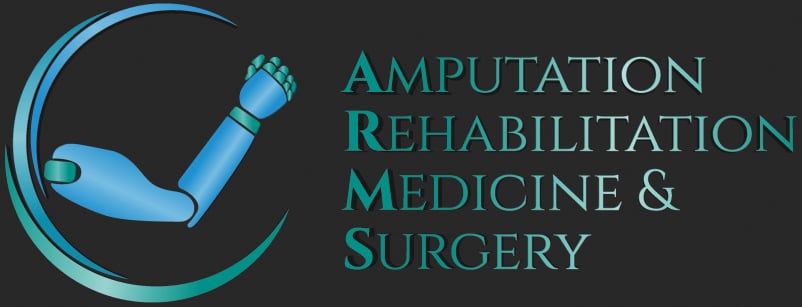What Is Phantom Limb Pain?
Phantom Limb Pain Treatment Options
At ARMS, we specialize in advanced surgical solutions for managing phantom limb sensations and pain while also offering non-surgical options to provide a comprehensive approach to pain management. Our specialists work with you to determine the best treatment plan based on your needs.
Non-Surgical Treatments
- Medications: Pain relievers, nerve pain medications, and muscle relaxants
- Physical Therapy: Exercises and desensitization techniques to retrain nerve pathways
- Mirror Therapy: A visual feedback technique to reprogram the brain’s response to missing limbs
- Neuromodulation: Techniques such as spinal cord stimulation or transcutaneous electrical nerve stimulation (TENS)
Surgical Treatments
If non-surgical methods do not provide sufficient relief, advanced surgical options can help address nerve-related pain at its source.
Targeted Muscle Reinnervation (TMR)
TMR is a microsurgical procedure that reroutes severed nerves into the nerves that control nearby muscles, allowing them to reinnervate, which reduces pain. This also improves prosthetic control for those using myoelectric devices.
Learn More
Regenerative Peripheral Nerve Interface (RPNI)
RPNI uses small muscle grafts to provide a natural target for severed nerves, preventing painful neuroma formation and enhancing nerve function.
Learn More
Depending on the patient's needs, TMR and RPNI can be used separately or in combination.
What to Expect With Surgical Treatment

Before Surgery
Our team will conduct a thorough evaluation to determine if surgical intervention is right for you. This may include imaging, nerve assessments, and discussions about your pain history.
%20-%20surgery.jpg?width=715&height=484&name=ARMS%20-%20Phantom%20Limb%20Pain%20(T3)%20-%20surgery.jpg)
During Surgery
- Redirect nerves into the nerves that control functional muscles (TMR)
- Implant nerves into muscle grafts to prevent neuroma formation (RPNI)
%20-%20after.jpg?width=715&height=484&name=ARMS%20-%20Phantom%20Limb%20Pain%20(T3)%20-%20after.jpg)
After Surgery
- Physical therapy to optimize muscle and nerve function
- Pain management strategies tailored to your recovery
- Follow-up visits to track progress and adjust treatment as needed
Why Choose ARMS for Phantom Limb Pain Treatment?
Expertise in Nerve Reconstruction
Our surgeons specialize in cutting-edge nerve procedures, ensuring the highest standard of care.
Comprehensive, Patient-First Approach
We integrate surgical, prosthetic, and rehabilitative care under one roof, providing holistic treatment for phantom limb pain.
Personalized Recovery Plans
Every patient’s experience with phantom limb pain is unique. We tailor treatment plans to match your pain levels, lifestyle, and prosthetic needs.
Take the First Step Toward Relief

Frequently Asked Questions
Amputation-related nerve pain occurs because the nerves that once served the missing limb are still active. The brain continues to receive signals, which it interprets as pain.
Factors like stress, cold weather, or certain movements can intensify phantom limb sensations. Identifying triggers can help in managing post-amputation pain.
If non-surgical amputation pain relief methods do not adequately relieve pain, our team may recommend surgical options such as TMR or RPNI based on your specific condition. Our surgical solutions have helped many patients achieve lasting relief for phantom limb discomfort.
As with any surgery, risks include infection, swelling, and delayed healing. However, our advanced microsurgical techniques minimize complications.
While some patients still experience phantom sensations, they often report a significant reduction in pain intensity after TMR or RPNI.


